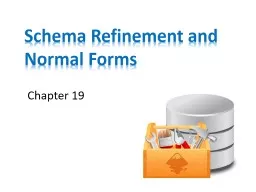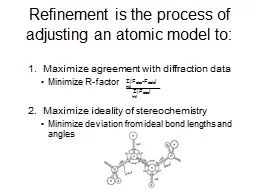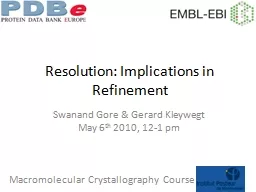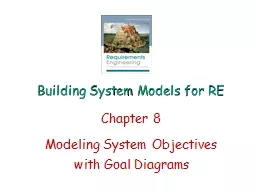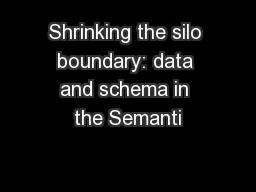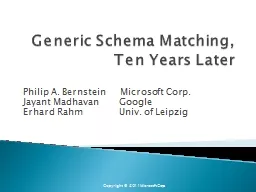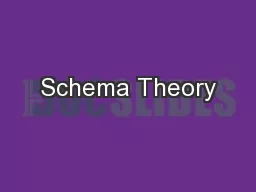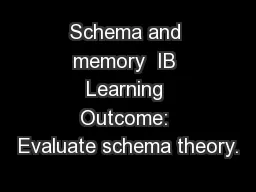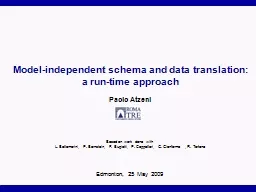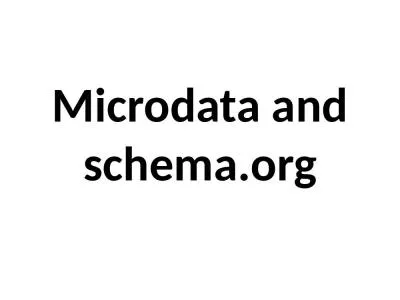PPT-Schema Refinement and Normal Forms
Author : tatiana-dople | Published Date : 2018-02-23
Chapter 19 The Evils of Redundancy Redundancy is at the root of several problems associated with relational schemas redundant storage insertdeleteupdate anomalies
Presentation Embed Code
Download Presentation
Download Presentation The PPT/PDF document "Schema Refinement and Normal Forms" is the property of its rightful owner. Permission is granted to download and print the materials on this website for personal, non-commercial use only, and to display it on your personal computer provided you do not modify the materials and that you retain all copyright notices contained in the materials. By downloading content from our website, you accept the terms of this agreement.
Schema Refinement and Normal Forms: Transcript
Download Rules Of Document
"Schema Refinement and Normal Forms"The content belongs to its owner. You may download and print it for personal use, without modification, and keep all copyright notices. By downloading, you agree to these terms.
Related Documents

